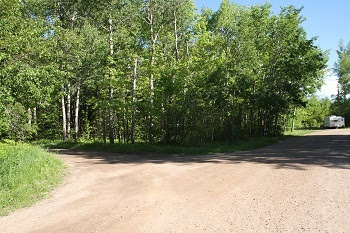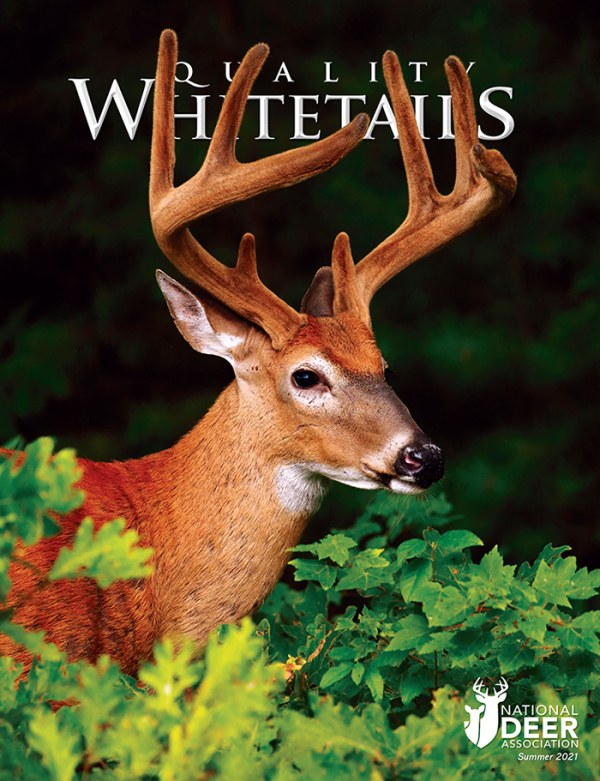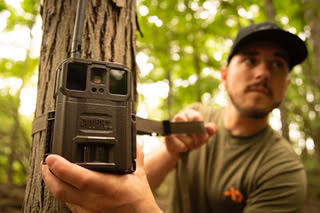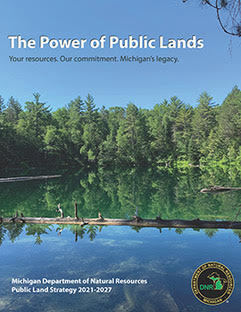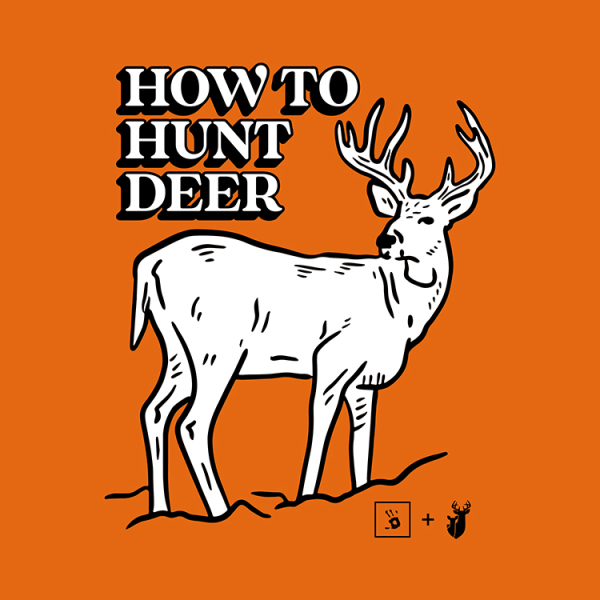Michigan: additional spots available in August bear hunting clinics
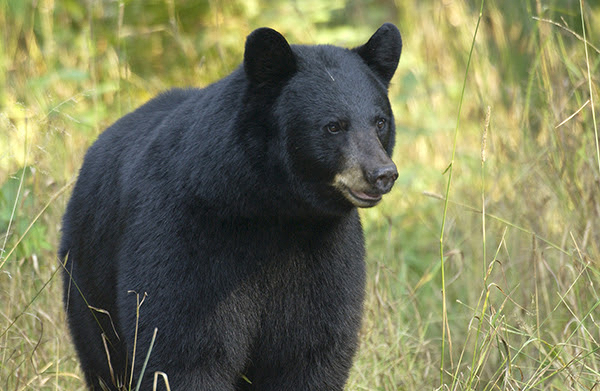
We’ve just expanded our upcoming Outdoor Skills Academy bear hunting clinics to allow additional participants. There are two sessions available – from 10 a.m. to 4 p.m. Saturday, Aug. 7, and Sunday, Aug. 8 – at the Carl T. Johnson Hunting and Fishing Center, located at Mitchell State Park in Cadillac.
Learn the ins and outs of bear hunting with experienced hunters and knowledgeable Michigan Department of Natural Resources educators. The class will cover habitat, gear, stand placement, baiting, rules and regulations, carcass care, and hide care.
The clinic also will feature a talk and book signing with guest speaker Denny Geurink, former syndicated outdoor columnist, Field & Stream magazine editor, host of the “Outdoor Adventures” TV show and owner/operator of the No. 1 brown bear outfitting company in the world for over 20 years. Geurink also authored two books, including “In the Land of the Bear,” a look at his adventures hunting brown bears in Siberia and traveling in Russia.
Cost for the class is $25, which includes a Michigan DNR bear patch and lunch. Read more

